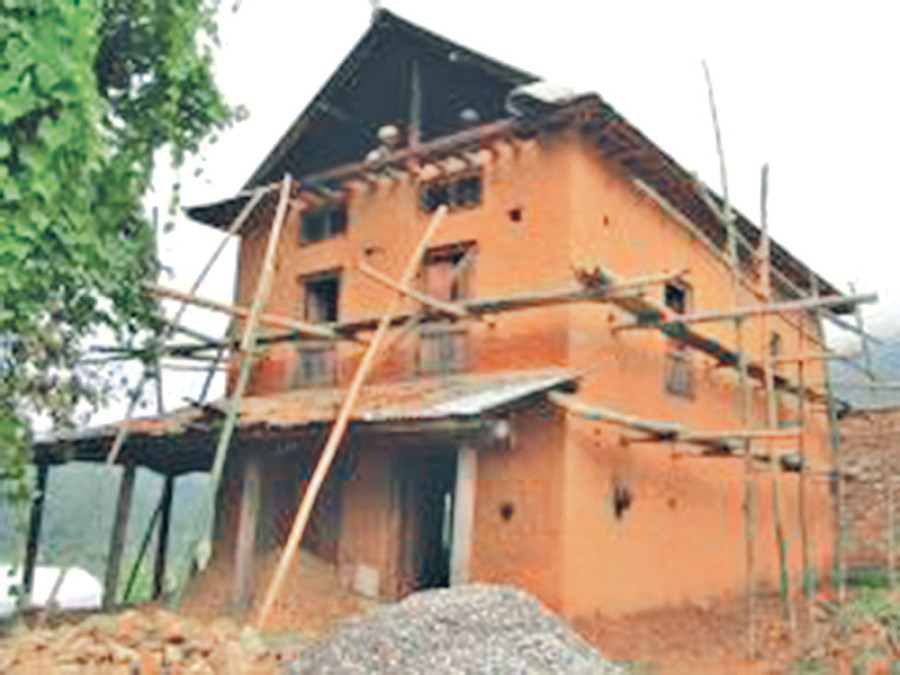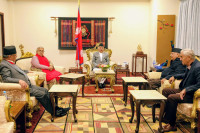Opinion
Looking back and thinking ahead
As the second anniversary of the April 25, 2015 earthquake arrives, we are all remembering where we were and what we were doing on that day. Those who experienced the earthquake know how it felt, and the fear and confusion that followed.
Gail Marzetti
As the second anniversary of the April 25, 2015 earthquake arrives, we are all remembering where we were and what we were doing on that day. Those who experienced the earthquake know how it felt, and the fear and confusion that followed.
We also remember the heroic efforts of so many in the immediate aftermath of the earthquake. The Nepal Army and police responded quickly and effectively, arriving at the site of fallen buildings within minutes of each aftershock to help those affected. They also brought some order to the situation.
The other unsung heroes from after the earthquake are the Nepali people themselves. The citizens and youth groups quickly organised themselves and mobilised to hand out relief, take and send supplies up to the high hills, protect the heritage structures of the country and clear up rubble.
It was a time where many people showed great resilience and compassion for others. The overwhelming support from around the world, through crowd funding and relief supplies, demonstrated the unique relation that the people who know or have visited the country have with Nepal.
The reconstruction effort is now fully underway and has built on the strength demonstrated in the aftermath of the earthquake. Although reconstruction is not going as fast as many would like, more has been done than meets the eye. A huge amount of organisation and decision-making is needed to build back better. This includes not just earthquake-resilient buildings but also efficient institutions and services. It takes time, as well as persistence and a consistent approach, to achieve all this. The National Reconstruction Authority is doing an admirable job to keep progress on track in terms of quality as well as timing.
Reconstruction by its nature is a huge challenge, but a bigger challenge is the preparation to build resilience for the next earthquake. Earlier this month, I visited Bajura district in the Far West. I noticed the beautiful, unique architecture of the traditional houses and was told by experts there that most of these buildings, homes, schools and health centres would not withstand a major earthquake, an event that seismologists say is inevitable here. If these buildings fall, not only will they be death traps but the communities stand to lose a big part of their
culture and identity. Initiatives like retrofitting can not only save many lives in this region but also help preserve an important part of who they are.
As important as it is to focus on reconstruction, we also need to learn the lessons from 2015 and start to think about disaster risk reduction. It is not earthquakes but collapsing buildings that kill people. We need to start planning how to retrofit and strengthen buildings. We must take all necessary precautions to better prepare against natural disasters sooner rather than later to avoid another tragedy.
Marzetti is Head of Office, DFID, Nepal




 12.12°C Kathmandu
12.12°C Kathmandu











